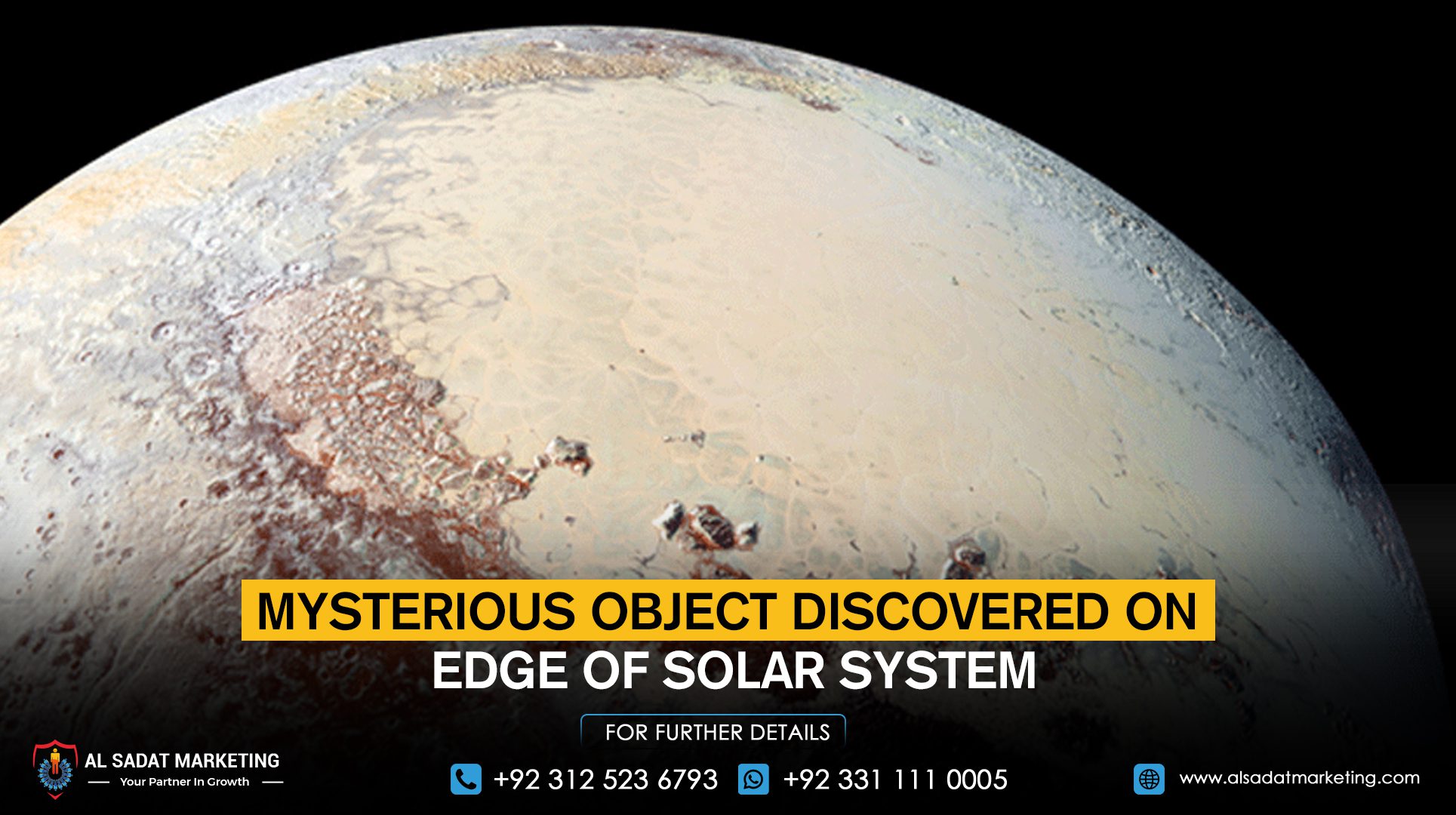Scientists have discovered a mysterious icy object at the farthest edge of the solar system that may qualify as a dwarf planet, according to a new study. The object, named 2017 OF201, measures about 435 miles (700 kilometers) in diameter and travels in a highly elongated orbit that takes it as far as 1,600 astronomical units (AU) from the sun. One AU is the average distance between the Earth and the sun, making 2017 OF201 one of the most distant visible objects ever observed.
Confirmed by the Minor Planet Centre of the International Astronomical Union, the discovery is based on data collected over seven years from observatories in Chile and Hawaii. Leading the research is astrophysicist Sihao Cheng from the Institute for Advanced Study in Princeton, who noted that 2017 OF201 could provide insights into the solar system’s distant frontier, a region long thought to be nearly empty.
Also Read: Taxila’s Treasures: Exploring Ancient Buddhist Monasteries Near Khanpur
The object is currently 90.5 AU from the sun, far beyond the orbit of Pluto, which ranges between 30 and 49 AU. Its orbit is believed to take about 25,000 years to complete, and its unusual trajectory suggests that it may have experienced orbital migration due to gravitational influences from a massive object in the solar system’s past.
Although its composition is still unknown, researchers believe it resembles other icy bodies found in the Kuiper Belt. The mass of 2017 OF201 is estimated to be 20,000 times smaller than Earth’s and about 50 times less than Pluto’s. While slightly smaller than Ceres, the smallest recognized dwarf planet, its shape has yet to be resolved due to its distance.
This discovery challenges existing theories about trans-Neptunian objects (TNOs), many of which appear to follow clustered orbits that support the theory of a hidden giant planet, often called Planet Nine. However, Cheng points out that 2017 OF201 does not follow this clustering pattern, potentially questioning the Planet Nine hypothesis.
Current technology restricts the ability to detect objects beyond 150 AU, suggesting that many similar bodies may still be undetected. The discovery of 2017 OF201 highlights the vast, unexplored regions beyond Neptune and reinforces the idea that the outer solar system holds many hidden objects yet to be discovered.










